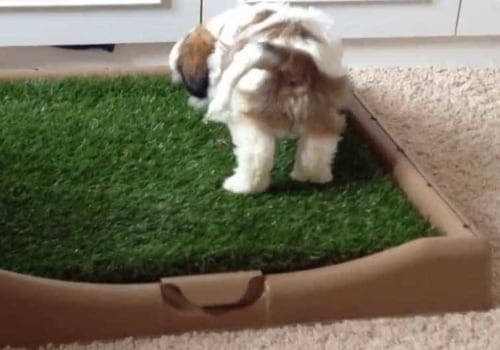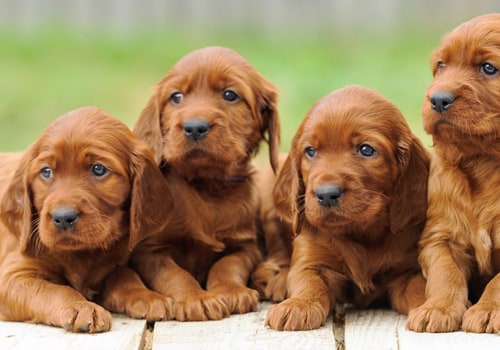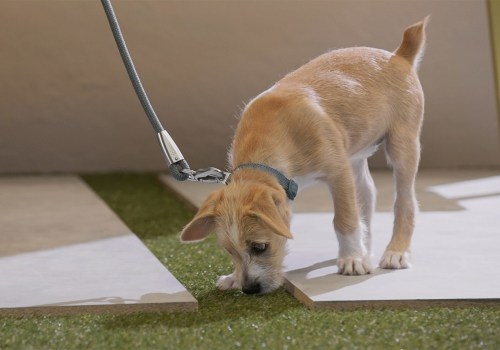The best way to train a puppy Training lessons for puppies should be short, fun and complemented by plenty of play opportunities. The best way to train a puppy is to teach classes when he is well rested. Make sure they're ready to start, but not too enthusiastic, as it might be harder for them to focus. In most cases, this happens when the environment in which you are trying to train is too exciting or stimulating.
Start training in easy places, such as indoors, with few distractions. As the puppy learns each skill, he begins to practice it in new places, such as other rooms in the house, the yard or on a walk when there are no dogs or strangers nearby, and then, eventually, when you are in the presence of strangers. Practicing in a positive reinforcement class for puppies or a kindergarten for puppies is a great way to help puppies learn to work together with their families, even when distractions are present. That's why it's so important to make sure you research ahead of time how to train a dog at home, decide what works best for your situation, and make a plan.
It's not easy to learn how to train a puppy, but cage training is a great way to help him settle in his house and put him on a schedule. Your puppy should know all of his basic commands and have a solid base of potty training, cage training and socialization. Discuss with your veterinarian the puppy training options in your area and the ideal time to sign up. Most people use small pieces of a “high value” food to train, treat something special, such as freeze-dried liver, or even just their kibble.
As the student gets a better idea of what the goal might be, the coach increases the judgment of how close the assumption should be to the goal in order to receive a score and reward. If you think your dog has difficulty learning or is “stubborn”, evaluate the speed of your training and the value of your rewards. You'll have to consider your living situation and your puppy's vaccination schedule before you start, but potty training your dog always depends on the same three steps. Socialization means training your puppy or adult dog to accept new people, animals, and various places by exposing him to these things.
You can even add to this training by spending time with friends, having them call your dog and giving him a treat when it comes to them. Training your puppy can bring some order to your home and prepare you for a great relationship with your new dog. Start training your dog to stay with you by slowly moving away from him, then calling him by name and rewarding him with a gift when it comes to you. Training a puppy to walk calmly and respectfully on a leash will help you socialize with him and his house.
Burch says that using puppy pads and training with paper can be “tricky” because you're reinforcing two different options for the puppy. Sounds and gestures are easier to train and touch can be used for puppies who may have limited vision or hearing.




Leave Reply